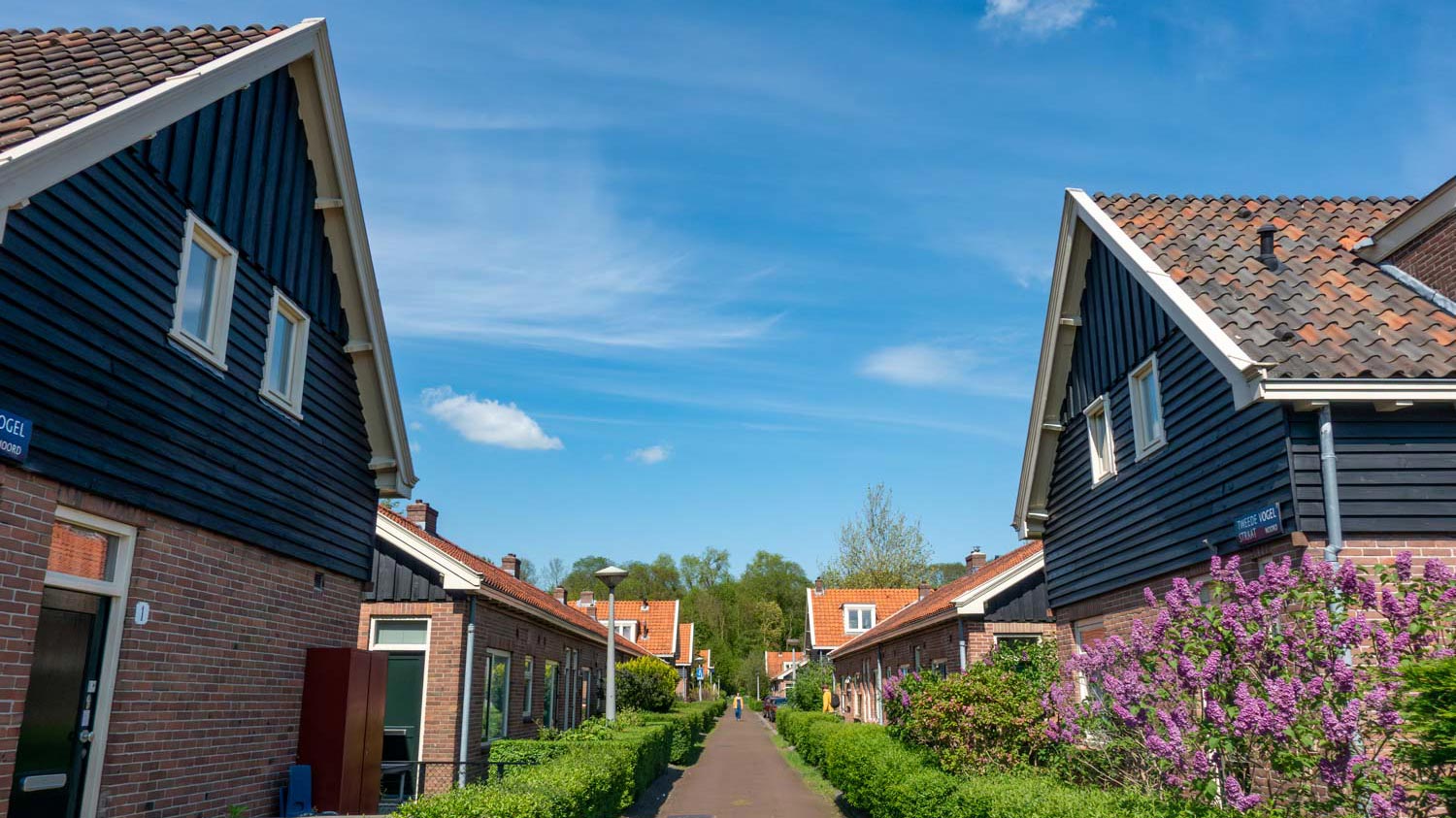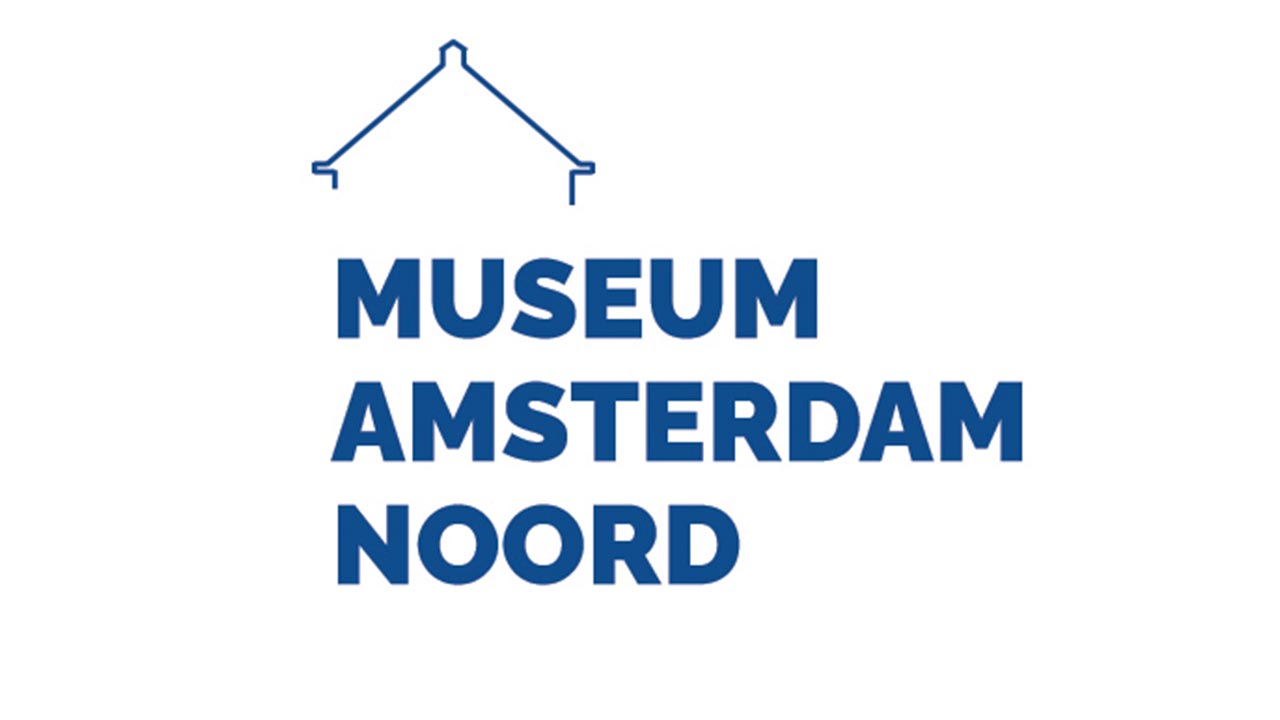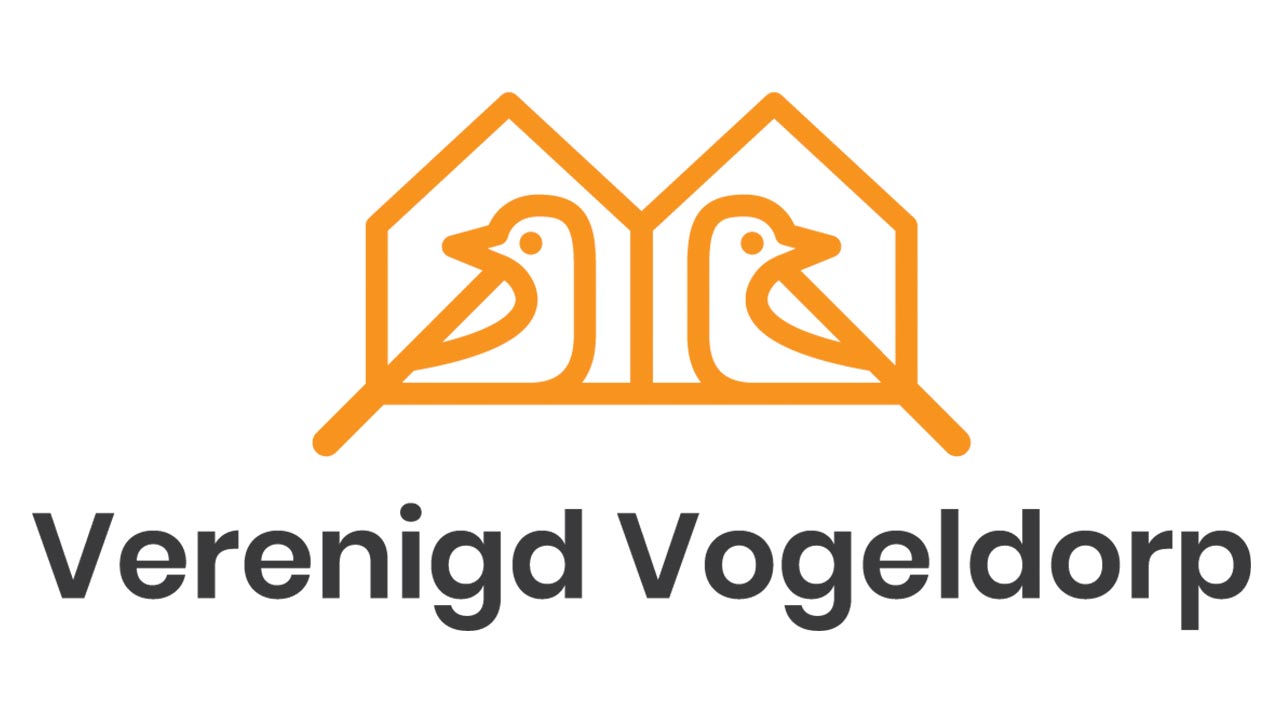
Vogeldorp
Amsterdam, Netherlands
The oldest garden city in Amsterdam-Noord.
| Garden City Type: | Mixed (housing association / municipality / other) |
| Country: | Netherlands |
| City: | Amsterdam |
| Years of construction: |
1918 Start construction 1918 Completion
|
| Initiator/client: | Municipality of Amsterdam |
| Architect or related: |
Berend Boeyinga Berend Tobia Boeyinga (1886-1969) was a Dutch architect. Mainly known for his (Amsterdam School) churches, he also designed houses. Besides Vogeldorp, he later also was instrumental in the design of Tuindorp Oostzaan and Tuindorp Nieuwendam. Berend Boeyinga on Platform Wendingen [in Dutch] |
| Heritage status: | Yes |
| Explanation: | Since 2000, Vogeldorp has been a municipal monument. In 2014 it – together with Disteldorp, allotment park Buitenzorg and the adjacent Vliegenbos – also became part of the state-protected Amsterdam-Noord cityscape. |
| General condition of Garden City: | Good condition |
General description
The housing shortage and poor living conditions of many workers who moved to the city in the wake of Industrial Revolution, in the end led to the Housing Act of 1901 in The Netherlands. The purpose of this act was to make construction and occupancy of poor and unhealthy housing impossible and to promote the construction of good housing. However, more than a decade after this, housing conditions remained poor and the housing shortage a huge problem (exasperated by the First World War, even though The Netherlands remained neutral). Amsterdam took the initiative to start building affordable houses for the working class itself.
Construction of Vogeldorp – together with 'sister village Disteldorp – started in January 1918 and by the end of that year most of the houses were occupied. Although they can be considered emergency housing the Housing Department preferred the term 'semi-permanent housing', also because the houses met the then minimum requirements of the Building Ordinance and featured a toilet, electricity and gas. The first residents consisted exclusively of Amsterdam working-class families from the old working-class neighbourhoods.
The design was by the Municipal Housing Authority, with Berend Boeyinga as project architect. Originally, the village consisted of 313 houses. The garden city idea was the most important factor in the design of the neighbourhood. A bathhouse was also built on Zamenhofstraat, where women and men could shower alternately. Nowadays this
Architecture / Urban planning
 From left to right: bath house (now Museum Amsterdam Noord), fire station (now Noordje) and the demolished administration building. (Photo: Stadsarchief Amsterdam, ca. 1920.)
From left to right: bath house (now Museum Amsterdam Noord), fire station (now Noordje) and the demolished administration building. (Photo: Stadsarchief Amsterdam, ca. 1920.)
The area is bounded by Zamenhofstraat, Meeuwenlaan, Vogelkade and Zesde Vogelstraat. It, unlike many other garden cities of that period, consists of a symmetric lay-out with only of straight streets and rows of houses with gable roofs. Vogelplein, where shops were located, was the central hub of the neighbourhood.
The houses all have front and back gardens. The houses are built in a 'rural' variant of the Amsterdam School. This is an unofficial term indicating that the buildings have elements reminiscent of village buildings or farms. This often includes lower buildings and proportionally less brick and much more painted wood. Characteristic features are the continuous gabled roofs and the so-called 'Boeyinga gates'. Architect Boeyinga had applied these in Tuindorp-Oostzaan, among others.
Residents and the Community
To prevent rent arrears, neglect and neighbour quarrels, the municipal administration appointed a housing supervisor who collected the rents and advised residents on, among other things, hygiene and proper habitation of the house. In Vogeldorp, these overseers were often considered too meddlesome by the residents. Until the 1970s, an overseer was employed in Vogeldorp, although in the end she was only a point of contact for complaints.
Another way to uplift workers and educate them to become good tenants was the presence of branch of Vereniging Ons Huis ('Association Our House'). The aim of this association was to promote ‘popular development’ through convivial and instructive gatherings and to abolish class divisions.
Sources
- Website URL
Wikipedia [in Dutch]
- Website URL
Vogeldorp on Platform Wendingen [in Dutch]
- Publication
Ron de Muijnck, Disteldorp en Vogeldorp : eeneiige tweeling van tuindorpen (Museum Amsterdam Noord, 2013).




















